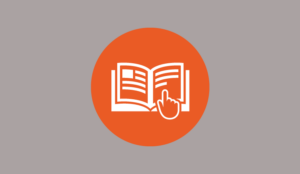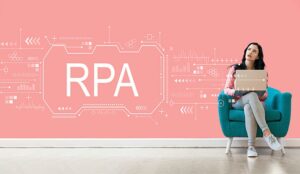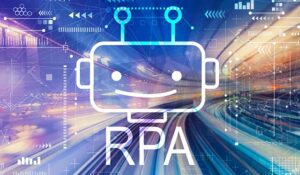Business Systems take us through how to use Robotic Process Automation (RPA) to analyse desktop activities, while highlighting the benefits of doing so.
Also, this article will introduce us to “attended automation” and highlight the difference between attended and unattended automation.
Analysing Desktop Activities
Think of a customer service operation with hundreds of seats. Most of these employees will be on computers, all doing virtually the same thing. An operation ripe with the potential for performance improvement.
The first step to achieving performance improvement however, begins with conducting a careful study of what exactly these employees are doing on their computer. This will help figure out which desktop processes are best suited for automation and which still requires ‘the human touch’.
Desktop analytics monitors employee’s desktop activities. This includes when they point, click, type, and navigate their way through applications. From this analysis, reports are prepared highlighting inefficiencies and productivity gaps, allowing room for improvement and identifying top performers.
Thought:
Desktop analytics is able to use its data-driven intelligent decision-making engine to identify processes where RPA can help.
Attended Automation
As expected, some tasks will always require the human touch. So in order to leverage automation, the idea is that your human workforce will work hand-in-hand with the robotic workforce.
This is through desktop automation and is known as attended automation.
Attended automation handles routine and mundane desktop tasks as the human workforce remains engaged. For example, it can generate a customer case ticket effortlessly. It can pull customer data from multiple sources into a single view.
The automated desktop solution can also provide guidance for your employee, outlining the steps for complex or new processes. It can offer next-best-action advice, pushing your agent that one step further to make the sale or keep the customer happy and engaged. It can bring up the best sales scripts automatically. One’s that you know hit home with your customers.
Thought:
Desktop automation becomes a personal assistant for your desktop employees, which can be personalised to match specific needs, proficiencies and skills of different employees
This type of personal assistant is always there, ready to be triggered by a desktop activity and ready to help out with mundane and admin heavy processes.
The Difference Between Attended and Unattended Automation
RPA generally refers to server-based robots designed to automate processes, and do not require human judgement or intervention in an unattended way, being called unattended automation.
Attended automation on the other hand, employs desktop robots to automate repetitive desktop tasks, provide guidance when needed and relevant information. The robots are triggered to do these through certain workflows.
With some processes, it may be obvious which ones can be handed off to a robot without any human intervention needed. And it will be clear which tasks will still need the human touch.
For example, a desktop automation robot has helped the agent through the mundane tasks and has provided next-best-action suggestions while the agent has been on the call to the customer.
As the call finishes, triggered by an unattended workflow, the robot can finish off the small tasks still outstanding, allowing the agent to move on to the next customer waiting in the queue.
Thought:
When thinking about process automation and evaluating your tasks/workflows, a situation will likely come up where attended automation is needed for much of the process, but also, the ability to trigger an unattended workflow at some point can also simultaneously play it’s part.
Author: Guest Author
Published On: 6th Sep 2018 - Last modified: 23rd Jun 2022
Read more about - Guest Blogs, Business Systems















